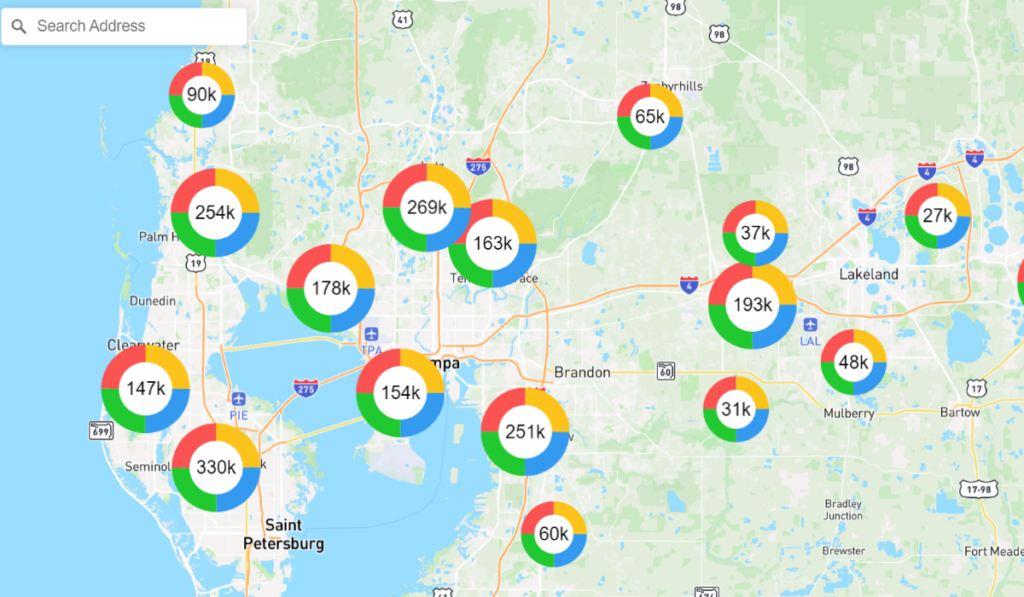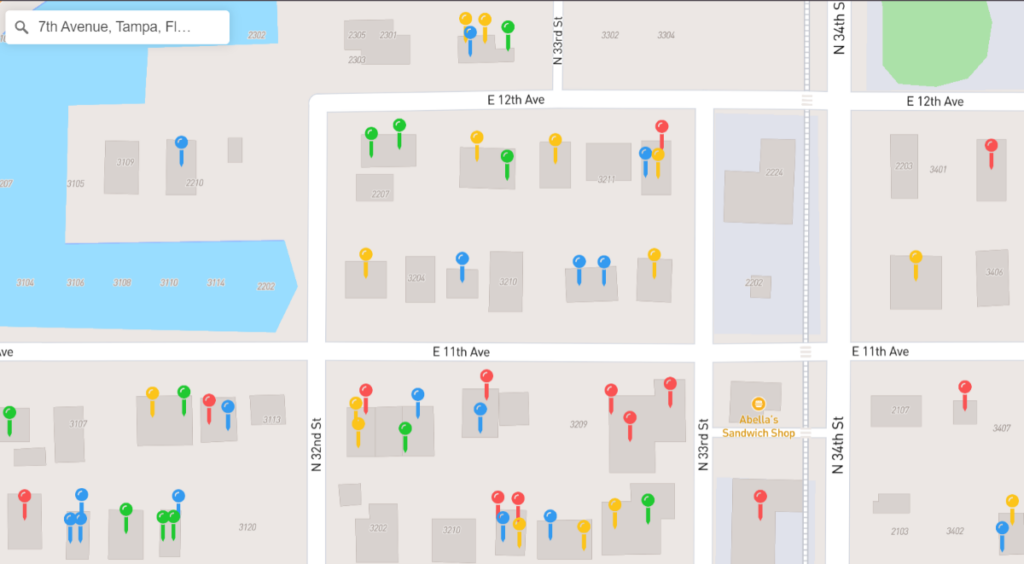When political canvassers visit neighborhoods, they rely on detailed voter information, including household demographics, party affiliation, and voting history. Democrats have excelled at door-to-door canvassing due to their extensive data on local residents, according to some Republican operatives who spoke to The Federalist. Now, a nonprofit called Votermaps.org is making this data—your data—available online for free to the public.
The database was created by John LeFevre, an author with a banking background; Morgan Warstler, a technology expert and founder of several companies, including GovWhiz Inc.; and Lawrence Abramson, who has experience in entertainment, business, and finance. While all three are Republicans and support former President Donald Trump, they maintain that their website is nonpartisan, as it is accessible to anyone. They hope members of the public will become “vote detectives” and look for inconsistencies in voter registration, the outlet reported.
“VoterMaps is a searchable, map-based database of all voter histories and current ballot status — updated in real-time. House by house. Block by block. State by state,” the website says. “We level the information playing field transparently, allowing all citizens to be activists, influencers, fraud detectors, and champions of free and fair elections.” In previous elections, Abramson told The Federalist, there have been troubling instances of suspected voter fraud. One example he cited was a large apartment building where all 100 percent of the residents requested mail-in ballots.
“Nobody can deny that trust and faith in this system has been significantly diminished for a long time,” LeFevre told The Federalist. “If we provide a little transparency to the process … to both encourage people to vote and also to address issues of fraud, or even dissuade fraud, that does, at the very least, help restore some trust and faith and integrity in the process through transparency.”
Currently, the website features up-to-date data for Pennsylvania and includes older data for Ohio and Florida to demonstrate its functionality. Fresh data from the Pennsylvania Department of State was added this week, with plans for nightly updates. The site aims to expand coverage to all battleground states as new data becomes available. Users can select an active state to view circles representing registered voter populations. Zooming in further reveals smaller numbers and detailed street maps where individual houses are shown. Each address is marked with multiple indicators for registered voters, and apartment complexes display a large number of markers.


The data on the website extends back to 2016 and includes details such as each voter’s name and party affiliation, their voting method (mail-in or in-person), and whether they voted in the primary or general election. It also indicates if a voter has requested a mail-in ballot for 2024. The co-founders of the site envision users examining their neighborhoods and identifying potential anomalies.
For instance, they might discover if someone who passed away a decade ago recently requested a mail-in ballot, or if a neighbor who has moved still appears at the old address. They might also notice if an empty pizzeria requested multiple mail-in ballots or if an apartment complex requested double the usual number of ballots. LeFevre encourages anyone spotting such irregularities to share their findings publicly on X. “We see too many problems that need to be simplified and I think this is one way to put eyes and ears on this thing.” Abramson said. “Maybe people wake up, and maybe people get a little nervous about doing things they shouldn’t be doing.”
Regarding privacy concerns, voting habits are already publicly available information, the site’s founders said — which is how they and vote canvassers are able to obtain it. LeFevre says there will be a place to click to have your name removed from the map. Although that does not appear on the sample states, it is on the Pennsylvania map. Simply promise to vote and your name is removed. Those who return their mail-in ballot will be removed from the map, he said, keeping the information fresh with only people who have not yet voted.


